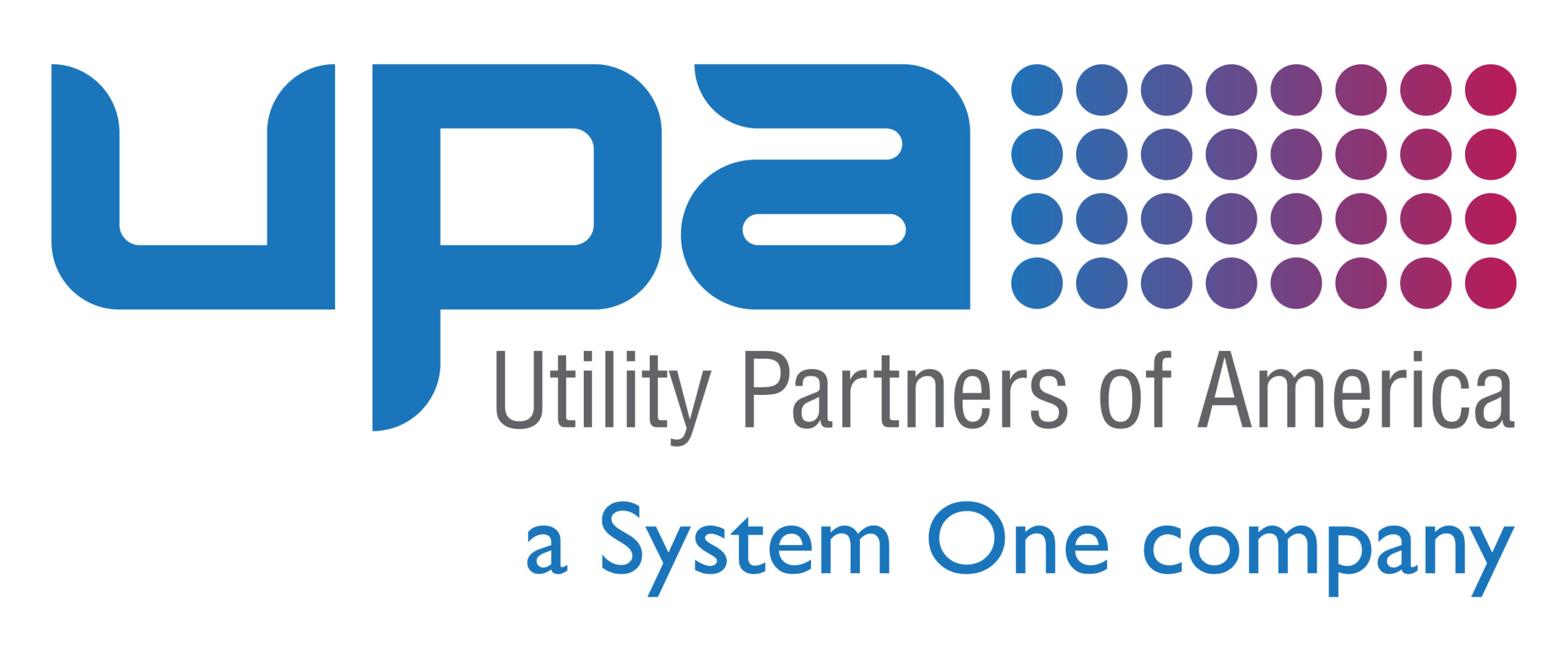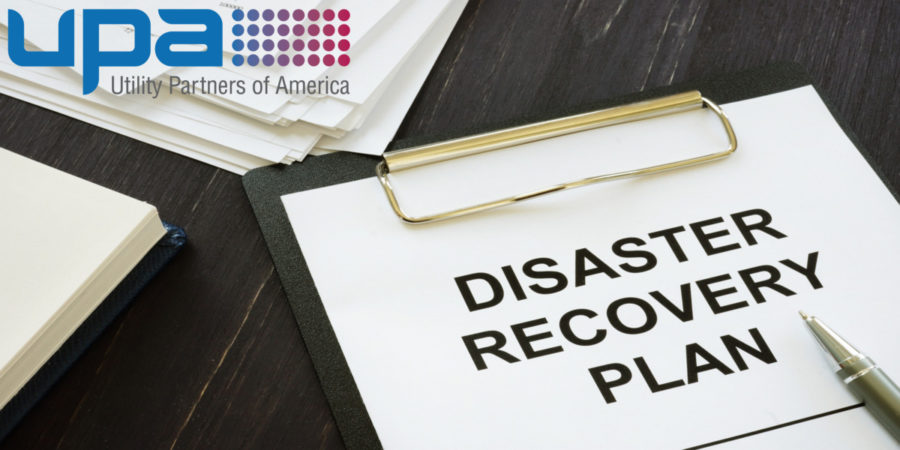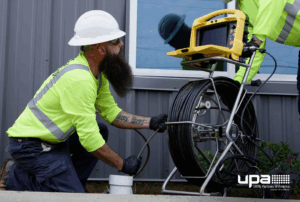Utility emergencies are inevitable. Whether it’s the result of a natural disaster like hurricanes, tornadoes, aging infrastructure, or just plain bad luck, providers cannot predict the next emergency. You can better prepare the company though for the next time disaster strikes using procedural planning measures. Time is always of the essence in an emergency. Any emergency is amplified when the dangers of electricity, water, or gas are added.
Failing to prepare properly for emergencies could be nearly as catastrophic as the event itself. If you haven’t prioritized emergency planning, or if you think you’re due for an update, read on for more information on a few top tips on creating contingency plans for utility emergencies.
What is a contingency plan and who needs one?
A contingency plan is a roadmap, something to follow when things don’t go as planned. Think of it as the guide you’ll follow in restoring order and normalcy when things go awry. Disaster recovery plans aren’t unique to utilities – every business and even private citizens should consider creating their own contingency plans – but these guides are especially important for utilities that supply citizens with invaluable resources like electricity, water, and gas.
Related: Keep Workers Safe with Traffic Incident Management Systems
All utilities should have contingency plans in place because of the nature of the business conducted. Not only do these companies provide essential services, but they also pose safety hazards. Some hazards may put both employees and customers at risk of serious injury. With any emergency, the first priority should always be the safety and security of everyone involved. From there, the next step should be to stabilize the scene while investigating the next steps and a long-term solution.
Related: Scope of Work Contract: How to Create One
Top tips to remember about contingency plans
A contingency plan is only as good as the level of detail put into it. That’s why it’s always a good idea to perform a risk analysis to highlight the types of emergencies that could warrant a contingency plan.
Related: Why After-Action Reviews Are Important
While recognizing the risks is a key step, it’s crucial that the plan also consider which lines of business would be impacted and in what order. Doing this in advance will expedite the company’s official response and mitigate potential harm.
One of the most important tips we can offer for building contingency plans is to ensure the right team of stakeholders is identified during the planning process and continually briefed on the unique roles and responsibilities each will be expected to carry out when the plan is executed. Regularly reviewing the plan will help the utility stay on top of employee turnover that could disrupt the plan when it’s time to go live.
With any emergency, the first priority should always be the safety and security of everyone involved. From there, the next step should be to stabilize the scene while investigating the next steps and a long-term solution.
Related: Minimizing Damage When You Spring a Leak
Benefits of contingency plans for utility emergencies
While a utility company is atypical from most businesses because of complexity, the reasons for needing contingency plans are similar across almost all businesses in many ways.
One cannot discount the importance of public perception and customer service in cases of emergency. If a storm blows through and customers lose power for multiple days, the utility can expect an influx of comments and questions. Additionally, angry customers are prone to take to social media with a barrage of complaints.
In most cases, the response to the calls and emails can’t be more than the fact that the utility is aware of the problem and working to restore power. While that may be true, it’s likely to draw the ire of customers who want their power back on now. A well-conceived, executed and communicated plan can help to prevent panic among both customers and employees.
Related: Storm Response Planning: Four Tips
The most impactful benefit of contingency planning for utility emergencies is that it can reduce the duration of the disruption. No matter if your plan includes alternative ways to restore the outage or an expedited process for repairing or replacing what’s down, minimizing that loss of production is critical for business.
Final thoughts on contingency plans for utility emergencies
We talked about some top tips earlier, but perhaps the most essential piece of advice we can give is that contingency plans need testing. Alternative arrangements almost always require several dry runs in advance of a real emergency. After each deployment of the contingency plan, whether in a mock or live setting, taking the time to reflect on how successful the exercise was and where there is room for improvement is key.
Related: Project Management: Keeping it Simple
Utility Partners of America has worked with utility companies and energy co-ops for more than 20 years on operational functions. Does your utility need help to create or to execute contingency plans? Contact us today to learn how we can help.




